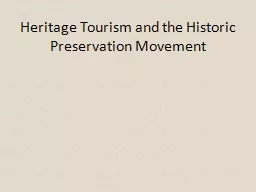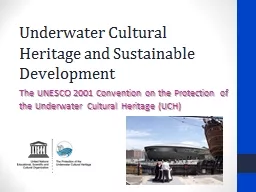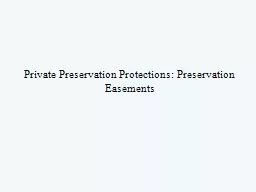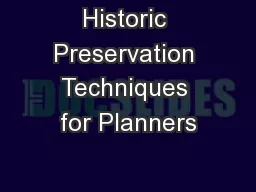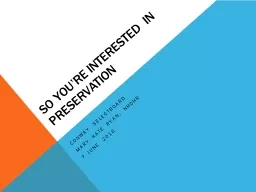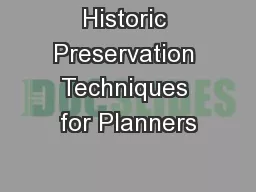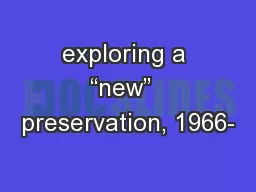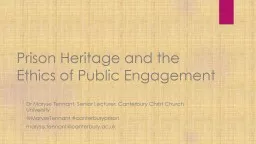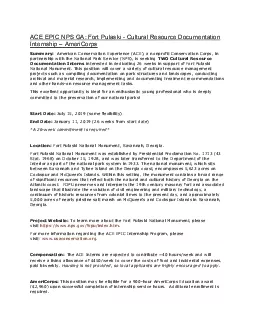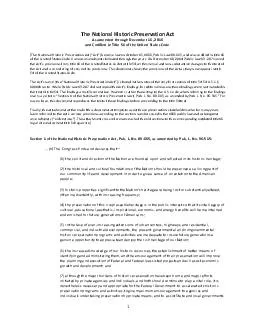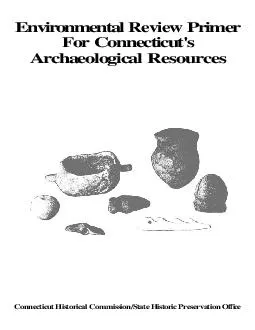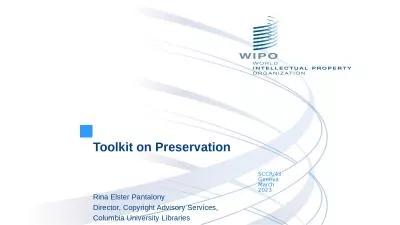PPT-Heritage Tourism and the Historic Preservation Movement
Author : yoshiko-marsland | Published Date : 2016-11-15
The new world order the present must profit from the past Taxation is a burden to residents who however wish the services that the local jurisdictions provide Tourism
Presentation Embed Code
Download Presentation
Download Presentation The PPT/PDF document "Heritage Tourism and the Historic Preser..." is the property of its rightful owner. Permission is granted to download and print the materials on this website for personal, non-commercial use only, and to display it on your personal computer provided you do not modify the materials and that you retain all copyright notices contained in the materials. By downloading content from our website, you accept the terms of this agreement.
Heritage Tourism and the Historic Preservation Movement: Transcript
Download Rules Of Document
"Heritage Tourism and the Historic Preservation Movement"The content belongs to its owner. You may download and print it for personal use, without modification, and keep all copyright notices. By downloading, you agree to these terms.
Related Documents

